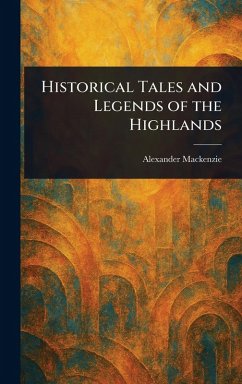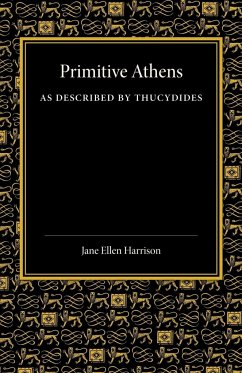
Tales of Old Japan
Versandkostenfrei!
Versandfertig in 1-2 Wochen
20,99 €
inkl. MwSt.
Weitere Ausgaben:

PAYBACK Punkte
10 °P sammeln!
This fascinating collection of short stories focuses on aspects of Japanese life before the Meiji Restoration. Written in 1871, the book provides an introduction to Japanese literature and culture, both through the stories (all adapted from authentic Japanese sources) and Mitford's extensive supplementary notes. Also included are Mitford's eyewitness accounts of a selection of Japanese rituals, including harakiri (seppuku) and marriage, along with a selection of fairy tales and a sampling of sermons. Compiled just as the age of the Samauri was ending, this collection of tales provides an intri...
This fascinating collection of short stories focuses on aspects of Japanese life before the Meiji Restoration. Written in 1871, the book provides an introduction to Japanese literature and culture, both through the stories (all adapted from authentic Japanese sources) and Mitford's extensive supplementary notes. Also included are Mitford's eyewitness accounts of a selection of Japanese rituals, including harakiri (seppuku) and marriage, along with a selection of fairy tales and a sampling of sermons. Compiled just as the age of the Samauri was ending, this collection of tales provides an intriguing look at the now-lost customs and worldview of the denizens of old Japan. The author writes, "It has appeared to me that no better means could be chosen of preserving a record of a curious and fast disappearing civilization than the translation of some of the most interesting national legends and histories, together with other specimens of literature bearing upon the same subject. Thus the Japanese may tell their own tale, their translator only adding here and there a few words of heading or tag to a chapter, where an explanation or amplification may seem necessary. I fear that the long and hard names will often make my tales tedious reading, but I believe that those who will bear with the difficulty will learn more of the character of the Japanese people than by skimming over descriptions of travel and adventure, however brilliant. The lord and his retainer, the warrior and the priest, the humble artisan and the despised Eta or pariah, each in his turn will become a leading character in my budget of stories; and it is out of the mouths of these personages that I hope to show forth a tolerably complete picture of Japanese society."













